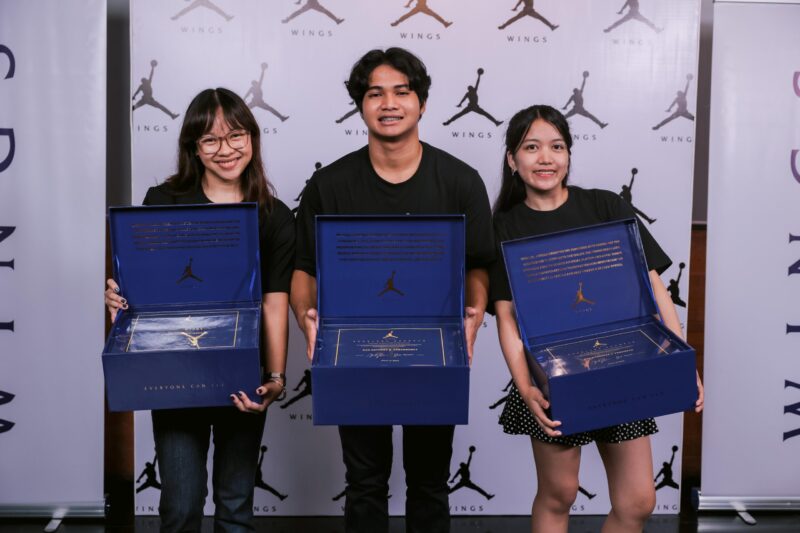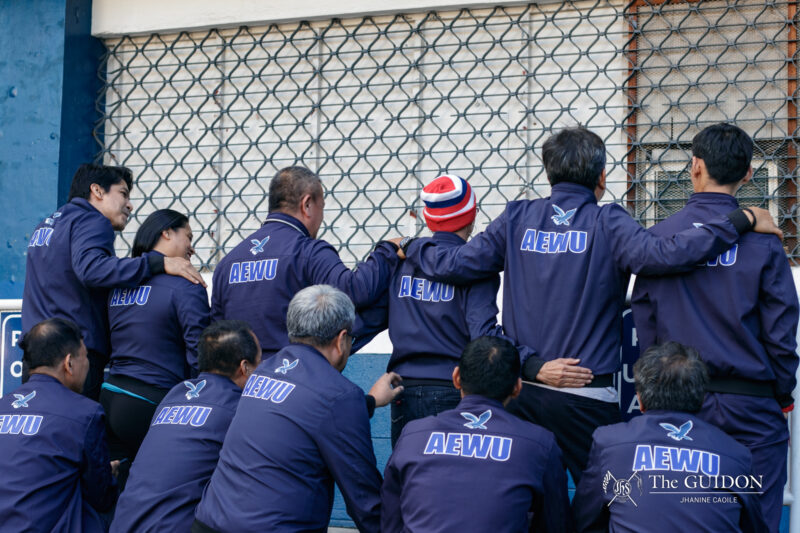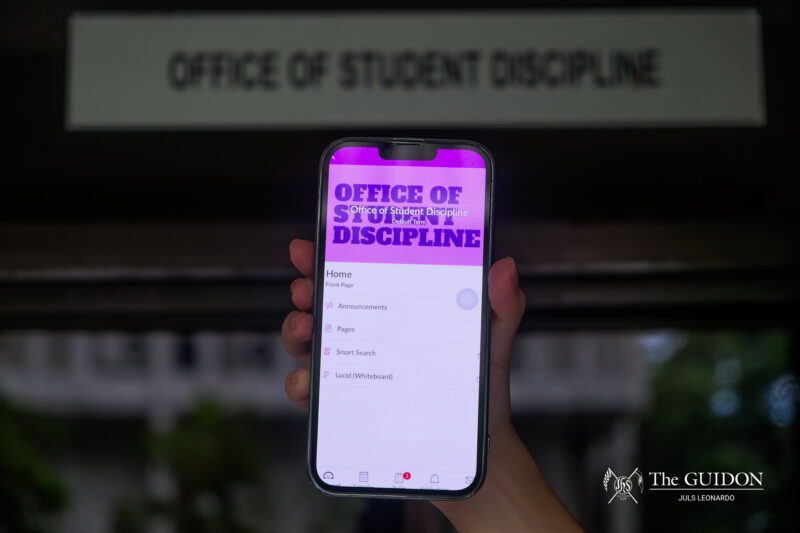TO EASE the persistent traffic within the campus and along Katipunan Avenue, the administration and student-led advocate groups plan to establish and build upon initiatives geared towards active mobility.
In particular, the Sanggunian established the Task Force on Mobility last February, delegated to better understand the Ateneo community’s insights regarding traffic and to encourage active mobility through lessening car-centric practices.
Similarly, Mobility March point person Maxine Cuartero shared that their initiatives held during last year’s Talakayang Alay sa Bayan (TALAB) will be returning as a flagship project for the upcoming student active mobility advocate group Blue Mobility (BlueMob).
On the administration’s end, last February’s budget hearing revealed the Ateneo’s intent to promote active mobility within campus through the increase of e-jeeps and the revival of express lanes.
Pursuing mobility improvements
Since last year’s return to onsite classes, students have been raising concerns about traffic congestion, which they attributed to the volume of vehicles in the campus daily. Moreover, this gridlock was also cited as a struggle for cyclists and pedestrians.
In an effort to alleviate heavy traffic, the Campus Safety and Mobility Office (CSMO) has updated the traffic scheme after opening Gates 3.1 and 3.2 last April 24. Along with these changes, CSMO also installed larger wayfinding signages to help drivers locate their destinations with ease.
However, Sanggunian President Bernice Mendoza recognized that while these new gates have granted easier entry into campus, this in turn only contributes to the increase of vehicles on campus.
“Traffic within campus is caused by multiple factors, such as external traffic outside in Katipunan and the car-centric layout of the campus,” Mendoza stated.
With the mention of this external traffic, CSMO Director Josephy Almosera expressed that the University may continue to coordinate with the local government and other relevant stakeholders, but they have “no control over the volume of traffic along Katipunan.”
However, on the administration’s side, Almosera relayed that the Central Facilities Management Office plans to rehabilitate the parking spaces within the current academic year. Notably, the North, Northwest, and West Car Parks are all expected to be completed by early-mid 2024.
Almosera also mentioned other planned improvements such as the construction of dedicated e-jeep lanes and upgraded bicycle lanes. In line with this, the campus e-jeep fleet is expected to increase to eight by January 2024 to accommodate more passengers.
People-oriented transportation
To address mobility concerns through student-initiated projects, Mendoza explained that the Task Force on Mobility will begin operations in September or early October. The team will focus on research and planning during the first semester to gather data for their future initiatives.
According to Mendoza, the Sanggunian held separate courtesy calls with University President Fr. Roberto “Bobby” Yap and the Office of the Associate Dean for Student Affairs to discuss mobility issues concerning the University.
Similarly, the Task Force hopes to coordinate with CSMO in the near future to gather insights on possible effective solutions.
At the organizational level, Mendoza mentioned that discussions have been continuous with the Move As One Coalition and the Department of Student Welfare and Service regarding their plans for mobility improvements. The three groups, however, have yet to meet again for the current academic year.
Meanwhile, Cuartero discussed BlueMob’s goal through the Three-point Mobility Agenda—identity, community, and advocacy—envisioning a community “where people can push for behavioral policy and infrastructural changes.”
“Before we are able to reimagine our spaces and understand other people, we also want to be able to share our uniquely different stories, especially that of mobility,” Cuartero elaborated.
Upon BlueMob’s launch, Cuartero expressed that the organization’s initiatives will focus more on the inclusivity and sustainability aspect, highlighting that they want BlueMob to run in the long term while catering to all sectors.
To aid their future initiatives, Cuartero said that BlueMob will be collaborating closely with the Sanggunian Task Force on Mobility to gather data from the Ateneo community regarding their experiences on transit within and around campus.
Ultimately, Cuartero asserts that mobility requires an intersectional approach. “It’s in that way that we can bring together different advocates to exercise their agency and reimagine the potential that is in our cities and communities,” she shared.
Sharing a similar insight, Mendoza conveys that a mobility-centric campus will take many steps but is not an impossible goal.







